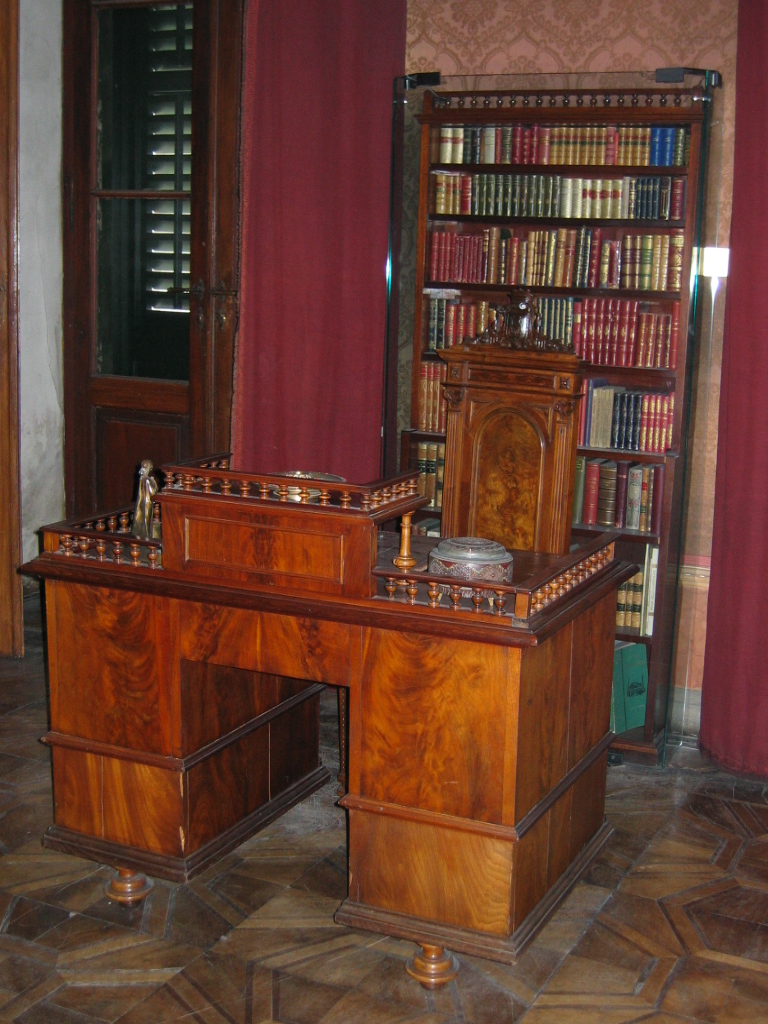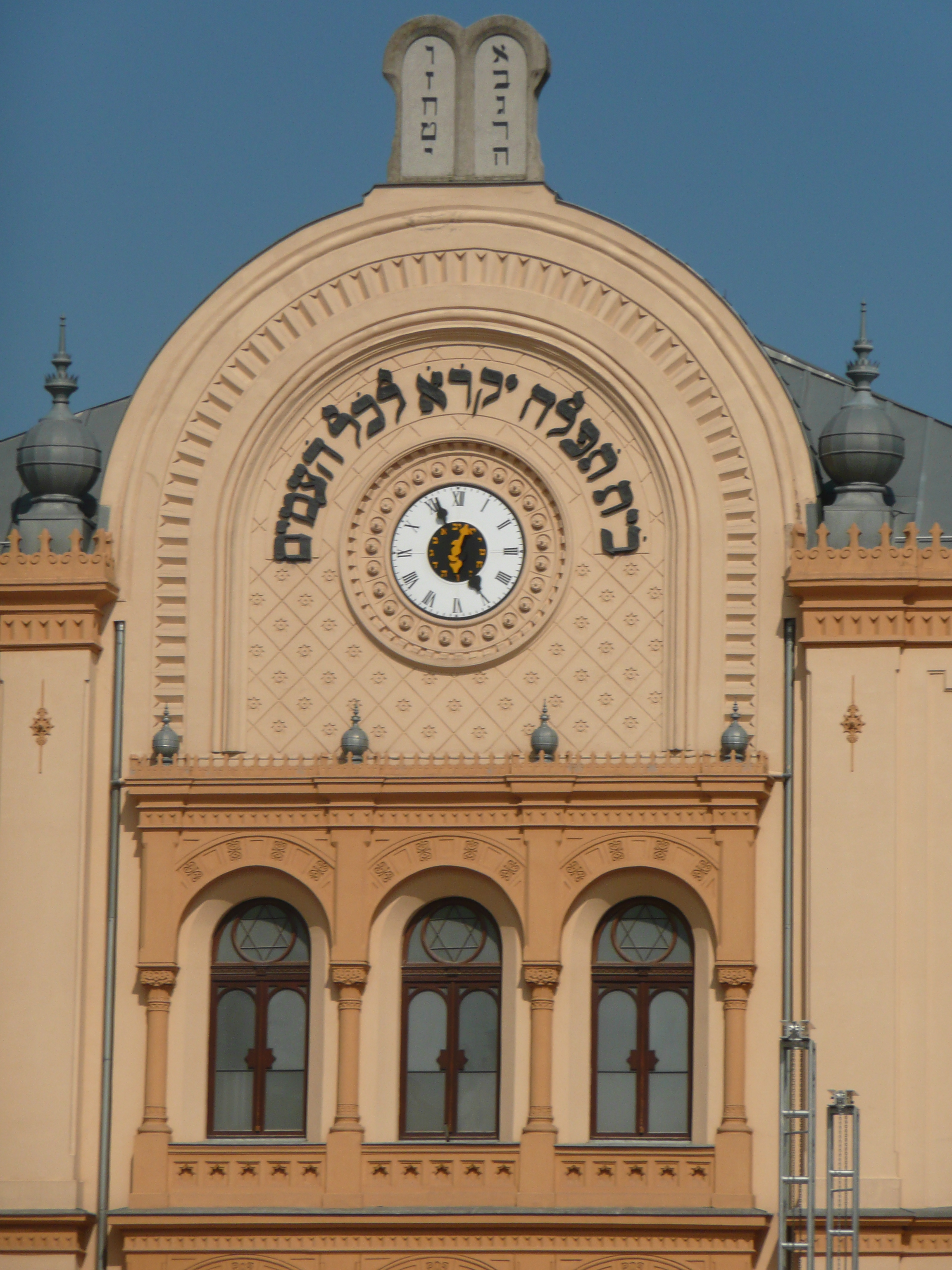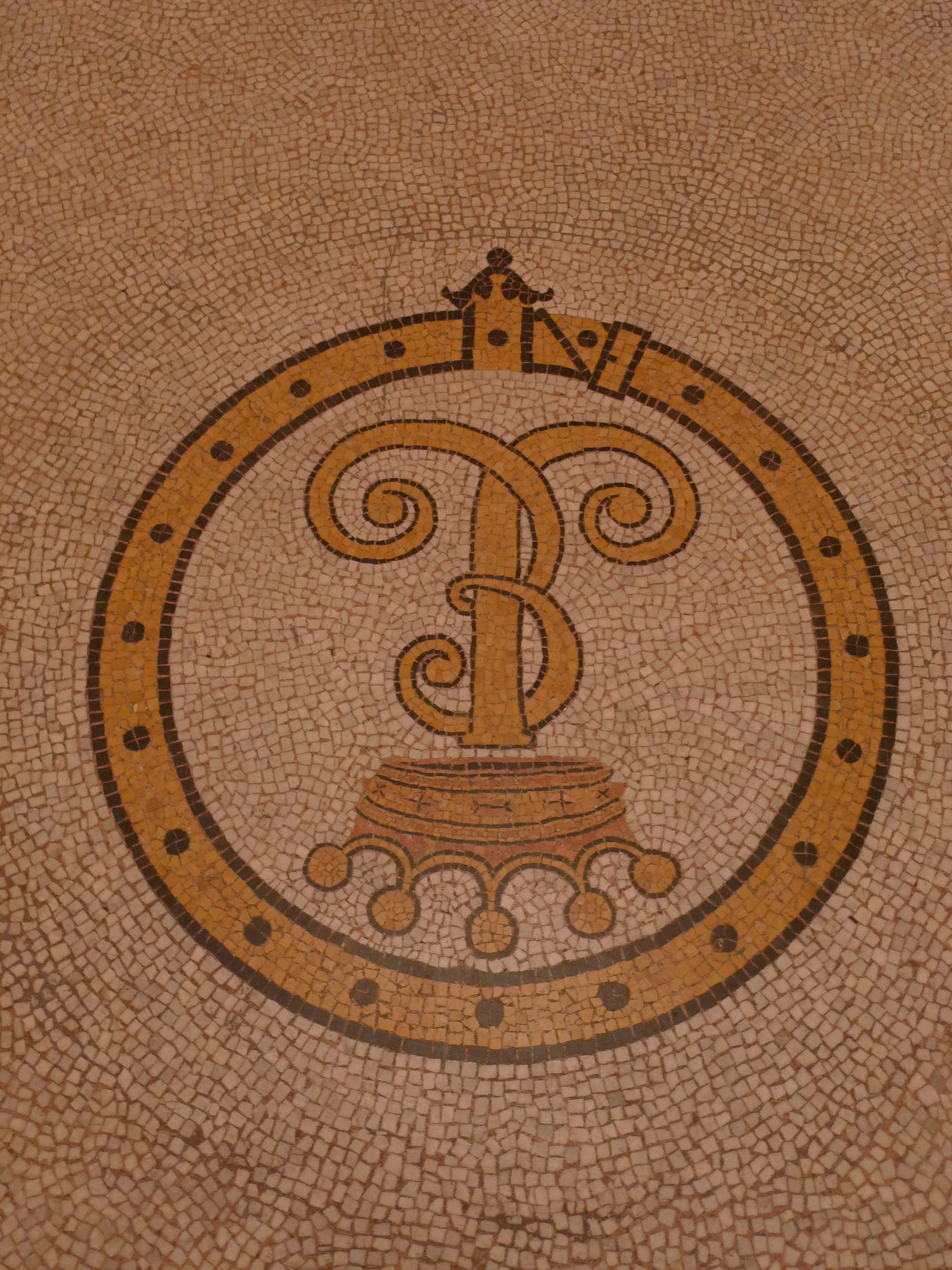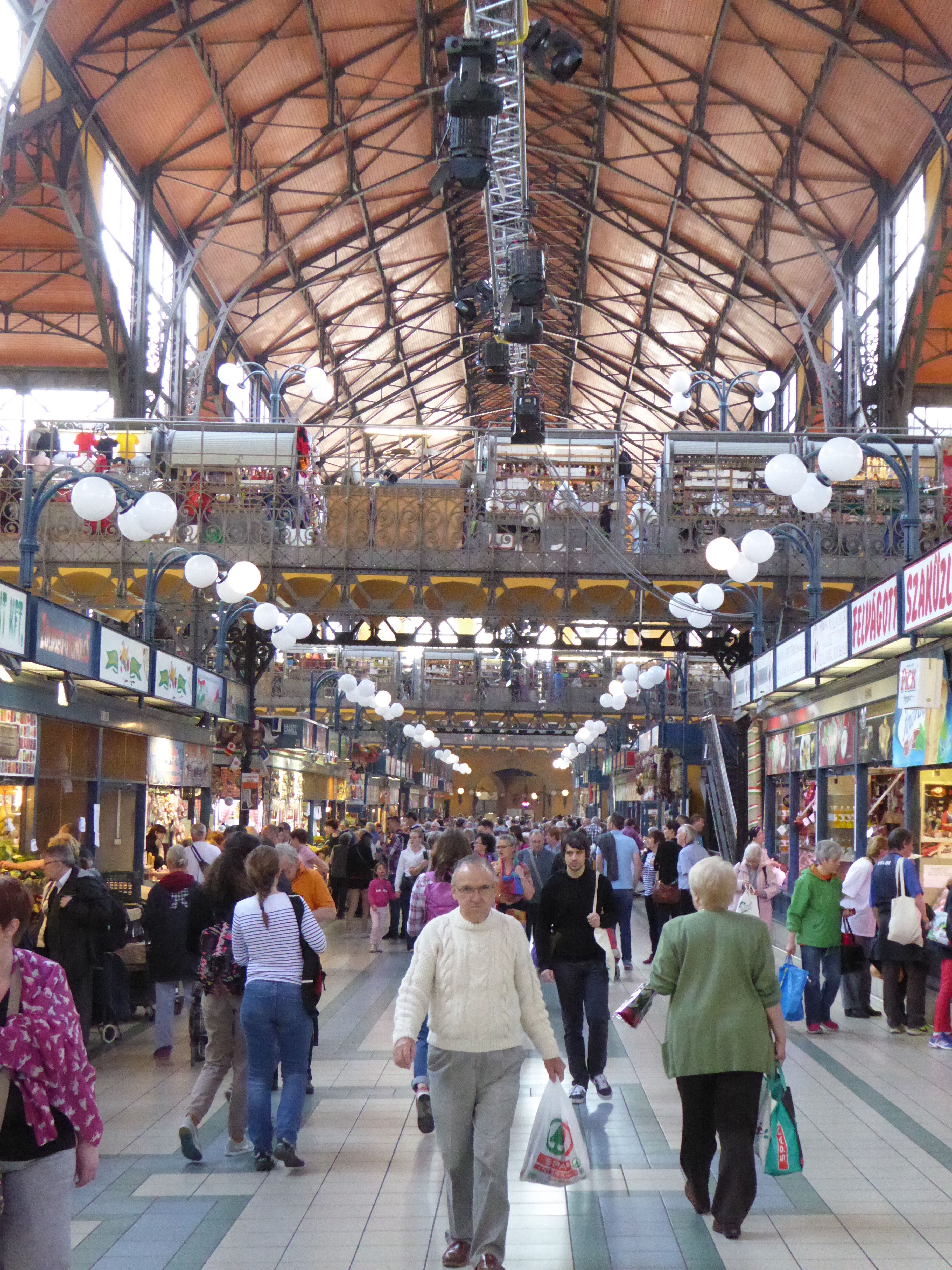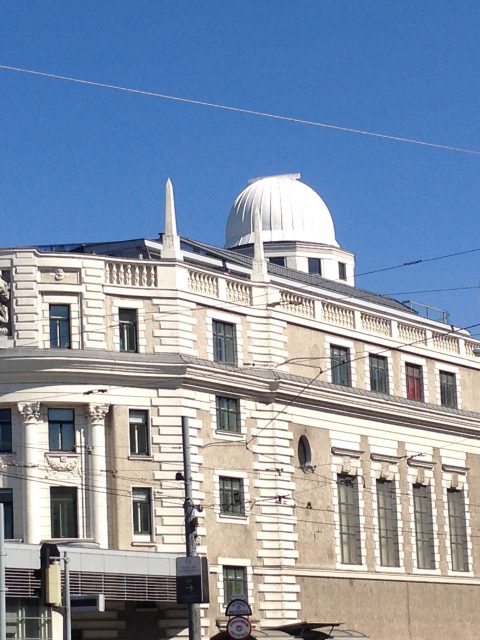THE END OF THE MULTICULTURAL STATE
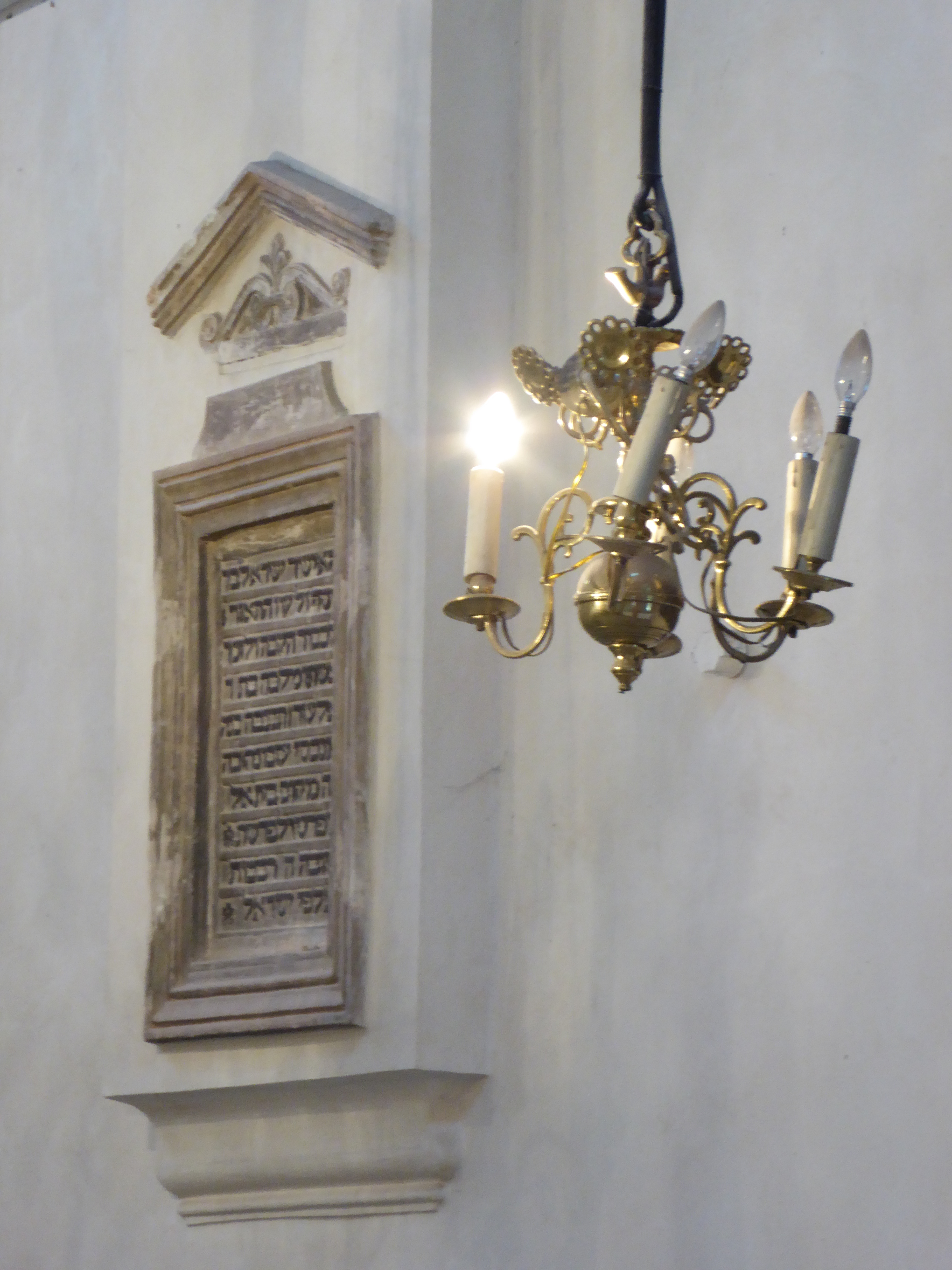
Synagogue, Krakov
During the 1920s and 1930s Austrian intellectual life was still dominated by men who had grown up under the empire. Many of them deemed the Habsburg Empire a lost paradise, whose lustre brightened as time passed. In 1938 the last vestiges of cosmopolitanism perished from Vienna and much of the Danube basin as Jews were decimated, saddling their successors with a corrosive guilt. After 1938 for a long time no other forum for debate has emerged to replace what Hitler had destroyed. The demise of intellectual Vienna is a major reason why post-1945 Central and Eastern Europe has produced so few innovative thinkers.
With the Treaty of Paris of 1919, i.e. the treaties of Versailles, St. Germain, Trianon and Sèvres, the disintegration process of the whole Danube region, which during the Habsburg Empire had constituted a homogenous economic free-trade area with a well-working division of production and provision of services, was speeded up in a disastrous way. After the break-down of so many regimes, the collapse of the Russian, German, Habsburg and Ottoman Empires, the map of Central and Eastern Europe was redrawn along nationalistic lines. The main aim was the creation of ethnic-linguistic nation states according to the belief of the US President Wilson that nations had the “right to self-determination”, a belief that was easily held by those far from the ethnic and linguistic realities of the regions which were to be divided into neat nation states. The whole attempt was a disaster and triggered the national conflicts that have torn the continent apart in the 20th century. The Balkans wars of the 1990s and the Ukrainian conflict can be seen as the latest “legacies of Versailles”. …


